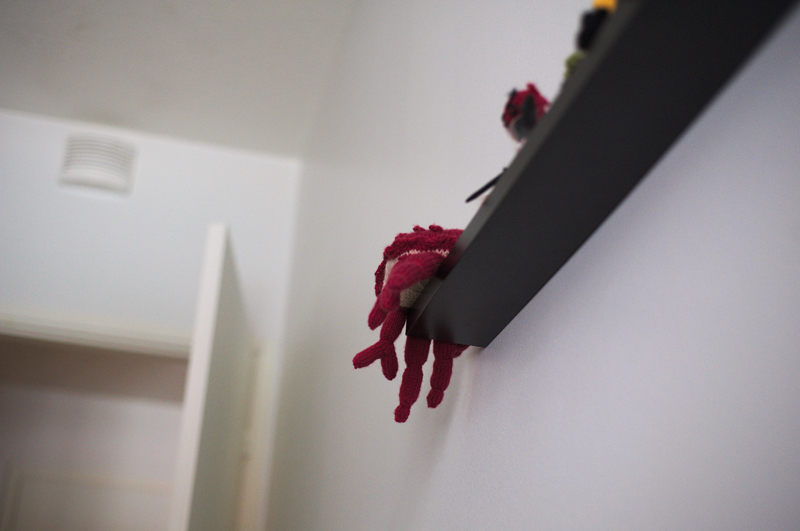First things first: What is a grey card?
Probably you know already, but a grey card is basically a carton that is grey; a specific, pre-agreed tone of grey, devoid of any color casts. Using the custom WB setting of your camera, you take a shot of it and the camera adjusts its White Balance accordingly.
Sounds straightforward, right?
Well, no...
You see, the problem is in the definition of 'correct' White Balance I spoke about before.
What is a 'correct' white balance?
- Is it the one where a grey card appears as grey, and a white as white?
 |
| This is what you would get if you adjusted the White Balance with the help of a grey card (or the white wall) |
- Or the one that shows how the scene really looked like?
 |
| And this is how the scene looked like in the late evening sun |
The correct White Balance is the one working for the scene as you want it to be represented.
In other words, if absolute color accuracy is required (for instance, if it is a product shot and the photo needs to represent the exact, accurate color of the object), then a grey card can be useful - on the examples above, you would need the top one. Conversely, if you want to either convey a mood or a representation of the scene (rather than accurate color object), then a grey card is not helpful at all, as the example above shows. Check this set of images:
Which one is the real one? If you are experienced with how sand and ice looks like you might be able to figure it out, otherwise, if you rely solely on color, you cannot. The truth is that what you see is ice. Another truth is that the photo was taken in late afternoon, when the sun was low. In other words, the top image best represents the truth as I saw it. Using a grey card would have given you the bottom image.
In conclusion, much like in what I told you about histograms, it is OK to consult a grey card, but never blindly rely on one. In addition, you certainly don't need to go and buy and actual grey card - any piece of A4 paper will do (or a surface you know to be white, like a wall). Grey cards are grey because they are also used for help measuring exposure - but that's another story.
Oh, and perhaps it's needless to say, but I will anyway. Please, please, shoot RAW (.nef), white balance is trivial to correct when you have the RAW file.


No comments:
Post a Comment